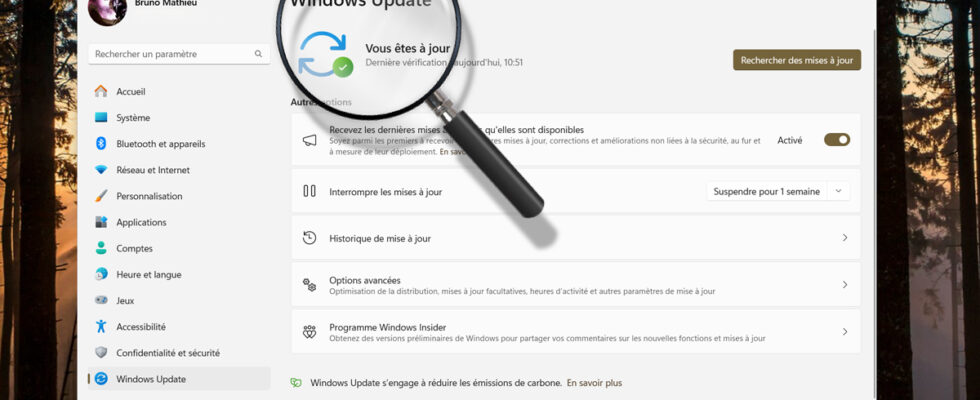Sometimes Windows updates refuse to install. The error codes that appear are not very clear, so it is better to try the different manipulations that we have compiled for you here. Follow the leader.
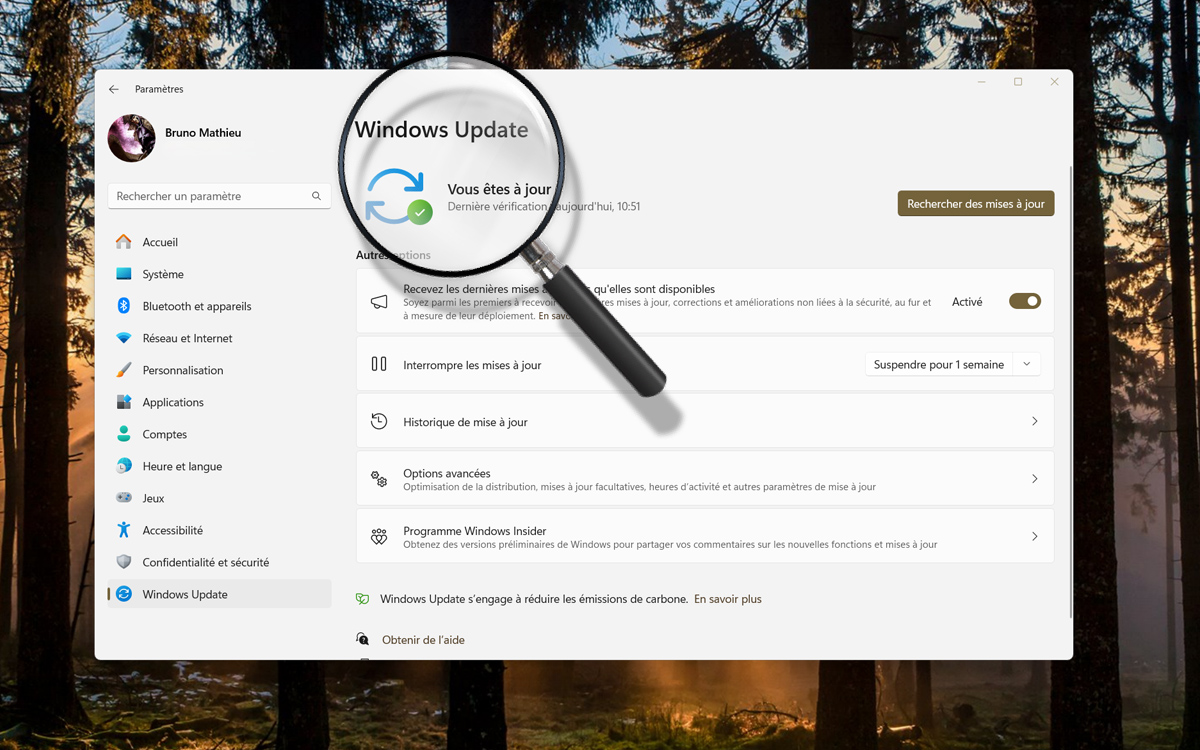
Microsoft regularly puts his Windows operating system up to date. Whether for fix bugsfill security failures Or add new featuresthey are most of the time transparent as long as you have activated the automatic updates. But sometimes they refuse to settle down. You are notified of this by the display of a message accompanied by an error code often too cryptic to be really useful.
Whatever the cause of the problem, there are a whole bunch of general things to do when faced with a Windows update problem. Some are very simple, others a bit more complex, without being insurmountable. The following guide compiles the majority of actions to test. They are carried out under Windows 11, but take place in the same way on Windows 10. Any differences are mentioned.
What to do if there is a Windows update installation error?
Before attempting anything, there is one essential point to make sure of. Installing a Windows update requires having enough hard drive space. It seems obvious, and yet it sometimes explains why it doesn’t work. There are several ways to make space: delete unnecessary personal files, transfer to external media or the cloud, uninstall programs that no longer serve you, use the Windows cleaning utility… After that, you can start to test the following, preferably in order.
Check if the update is not already installed
It’s rare, but Windows may ask you to do an update while the latter is already present on your PC. Obviously, it is not likely to succeed. You must then uninstall the initial one to put the most “recent”. After locating the update number, on Windows 11 :
- Go to the Settings of the PC.
- Click on Windows Update Then Update history.
- Scroll down to the bottom and click Uninstall updates.
- To the right of the one you identified, click on Uninstall.
- Restart the PC and try searching for/installing the update again.
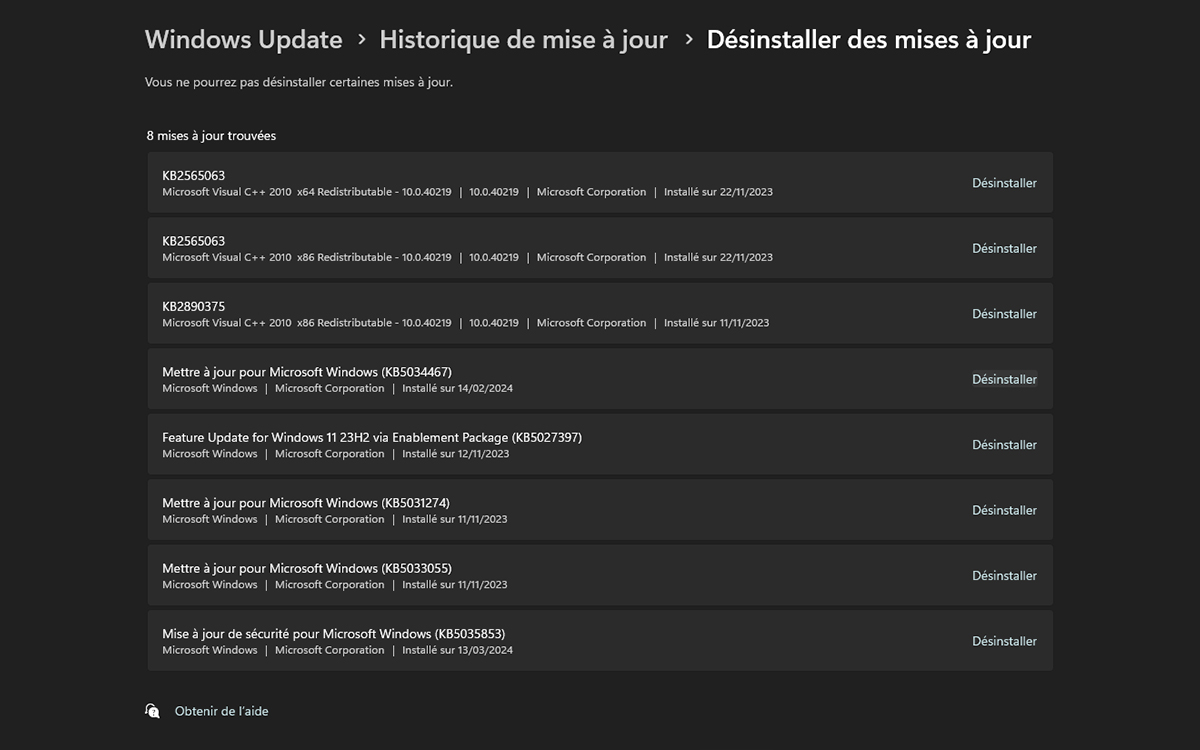

If you are under Windows 10 :
- Click on the button To start up.
- Go to the Settings of the PC.
- Enter the menu Applications then the submenu Apps and features.
- Check for the update.
- Select it and click Uninstall.
- Restart the PC and try searching for/installing the update again.
Temporarily disable any antivirus software you are using
We are not talking here about the default one, Windows Security, but from another that you would have installed yourself. In some cases, deactivation is not enough and you must then go through the uninstallation time to do the blocking update.
Unplug external devices
Sometimes an update refuses to install simply because it conflicts with a device connected to the computer. This is why it is recommended to remove USB drives, external hard drives, docking station and other peripherals. Once this is done, do a search again in Settings > Windows Update and try again.
Update drivers
This step only concerns you if you have added hardware to your PC in addition to or instead of the original one. For example: additional RAM memory sticksA new hard drivea newer graphics card…If these can work, a driver that is too old can disrupt the Windows update process. Refer to the component manufacturer’s website to update its drivers. In the case of graphics cards, you can also use dedicated software, GeForce Experience For Nvidia And AMD Software: Adrenalin Edition For AMD to recite nobody else but them.
Check if a device is having a problem
This is to see if any device has an error, which could hinder the smooth running of Windows updates:
- Make a click on the button To start up then left on device Manager.
- Unrolling the lines using the arrows if necessary, look for the one(s) where there is a yellow triangle with an exclamation point inside. This is a sign of an error.
- Right-click on the affected component then choose Update driver.
- If that doesn’t solve anything, choose Uninstall devicewhich must then be reinstalled in the same way.
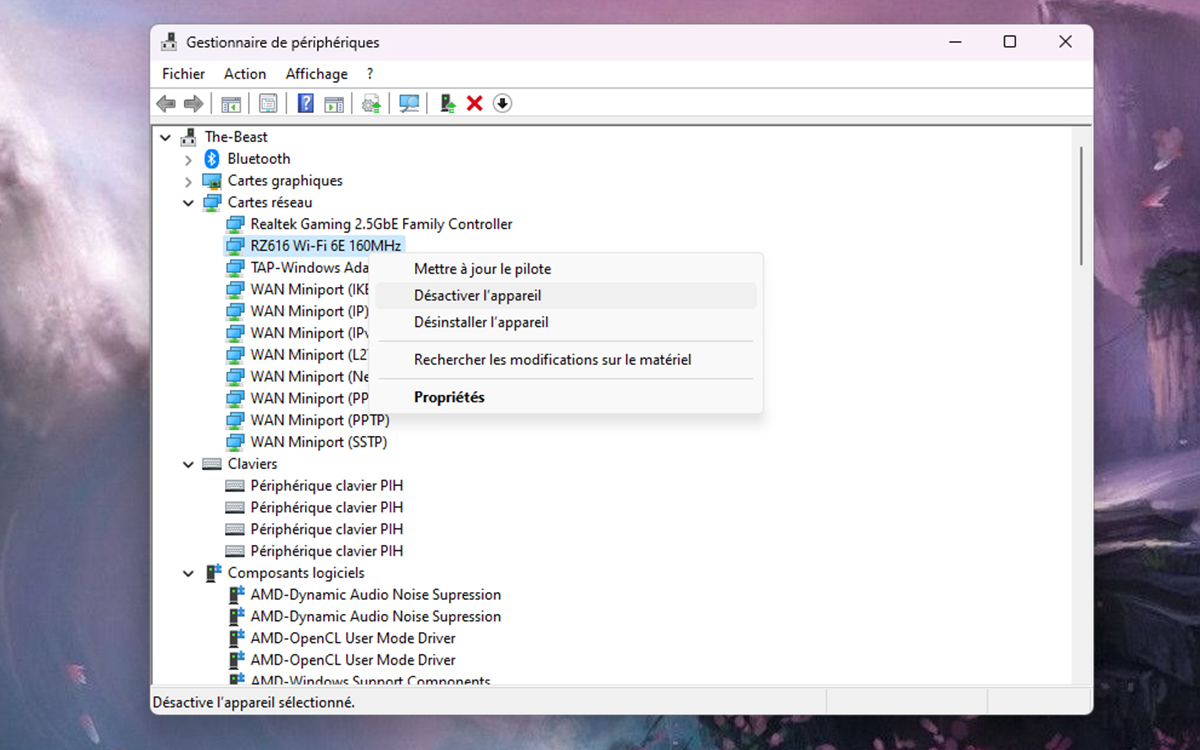

Despite these different steps, the problematic update still refuses to install? It’s time to move up a gear.
Troubleshoot Windows Updates with Command Prompt
What we are going to see now requires having the administrator rights on your computer anduse command lines. If you are not comfortable with this, do not hesitate to get help. For open Command Prompt in Windows 10 or 11 :
- Press the keys simultaneously Windows And S on the keyboard to open the search bar.
- Type cmd.
- Click on Execute as administrator.
For your information, there are other ways to open the program. Use whichever one you want.
Rename system folders related to updates
In the command prompt, you will have to type the following lines one by one, exactly as they are written here, spaces included. The best is to copy/paste. Validate the execution of each with the key Entrance before moving on to the next one:
- net stop bits
- net stop wuauserv
- ren %systemroot%softwaredistribution softwaredistribution.bak
- ren %systemroot%system32catroot2 catroot2.bak
- net start bits
- net start wuauserv
After completing these commands, close the prompt window and restart your PC before restarting a search/installation of updates.
Fix hard drive errors
Even if your machine actually works without problems, there may still be some errors on the main hard drive. However, you can initiate a repair. Note that we are talking here about VS:but you have to replace the letter with that of the hard drive on which Windows is installed on your computer :
- In Command Prompt, type chkdsk/f C:
- Validate with Entrance and let the procedure complete.
- Windows will ask you to restart the computer, do so.
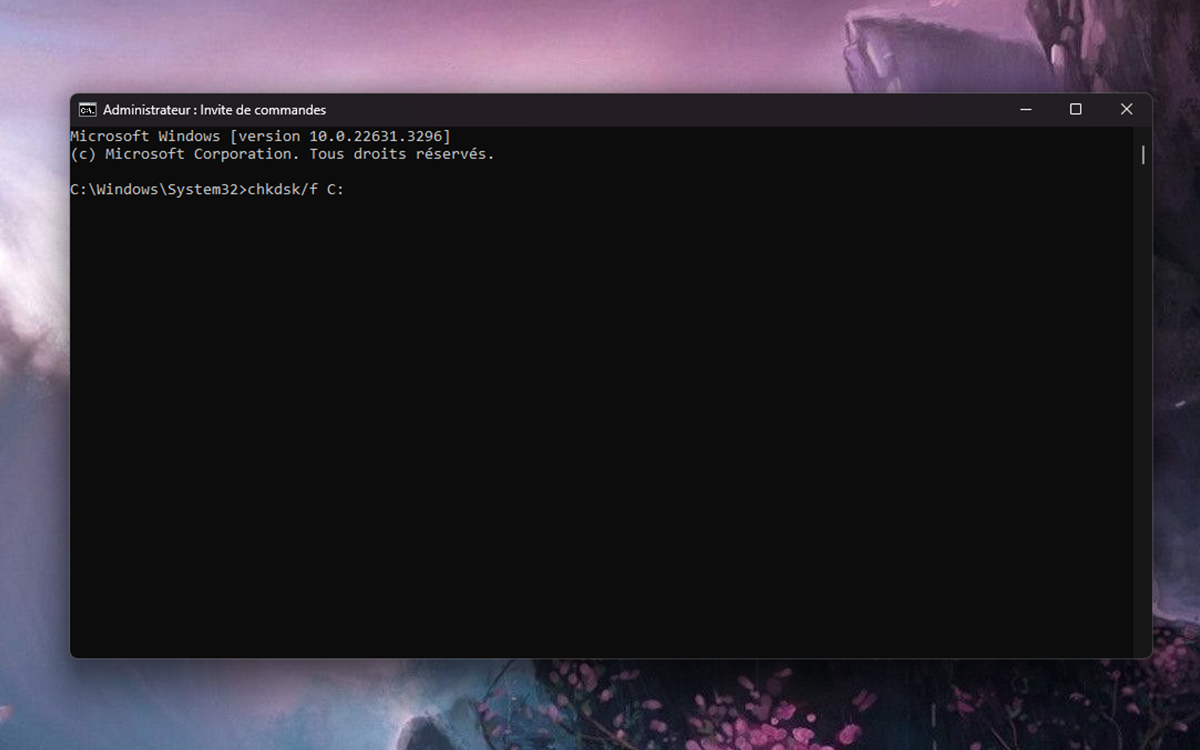

Repair system files
Still in the command prompt:
- Type or copy/paste the following line: DISM.exe /Online /Cleanup-image /Restorehealth
- Validate with Entrance.
- Wait to see the message The restore operation completed successfully Or The operation completed successfully.
- If the confirmation message does not appear, retype the command and retry the operation until it does.
- Then type sfc /scannow
- Validate with Entrance.
- Once Command Prompt displays 100% completion on the analysis, close the window.
- Run a search/installation for updates again.
What if none of this works?
In theory, either of the steps detailed in this guide will solve your problem installing Windows updates. Rarely, the problem will persist despite everything. If this were to happen to you, the best is still to wait. When Microsoft notices too many reports indicating a problem at this level, the company often rolls out a fix in a later update.
This is true in cases where not updating does not affect the operation of the computer. Let us now admit that your PC absolutely refuses to do the slightest update and/or it causes other problems. Chances are that the only solution will be the most radical: completely reinstall Windows. These kinds of symptoms actually suggest that the cause is deeper, too complex to isolate and repair.
Before you get started, don’t forget to back up your files. Concerning your programs, there is an option which allows you not to delete them. Be aware, however, that for a truly “clean” reinstallation, it is better to start from scratch. Of course, you will then spend time reinstalling your software and reconfiguring the machine, but at least the most critical errors in installing updates Windows will be behind you.
